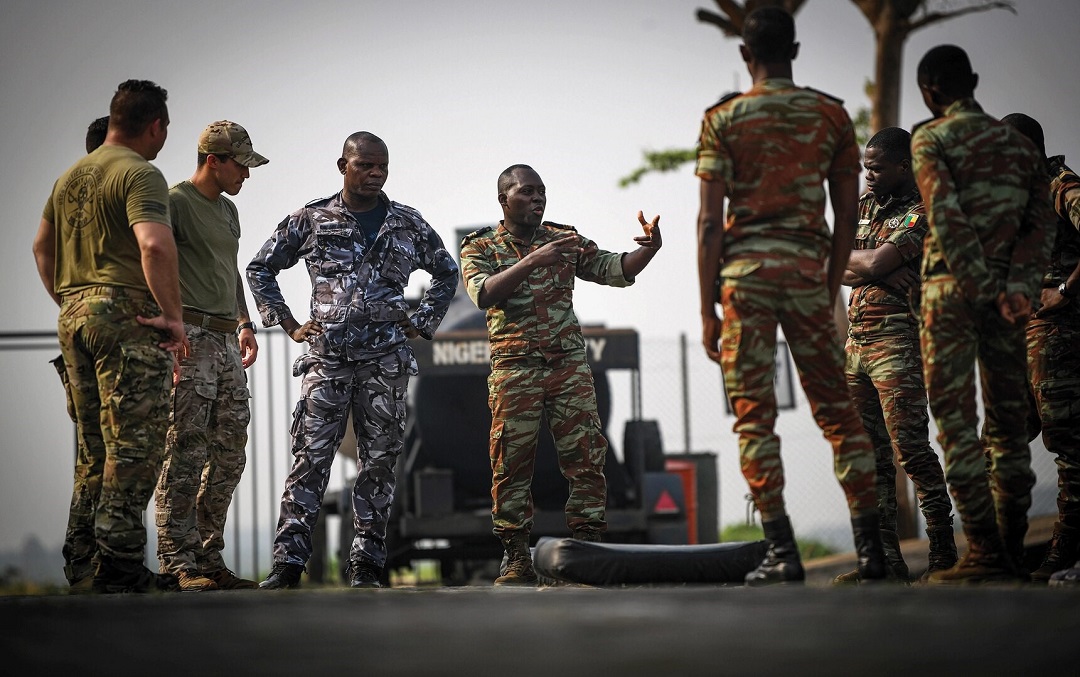
GLOBAL SECURITY WATCH – LESSONS FROM NATO FOR AFRICAN REGIONAL DEFENCE COOPERATION
Formed in 1949, the North Atlantic Treaty Organization (NATO) remains the world’s most enduring collective defence alliance. Over the decades, it has evolved from Cold War deterrence to confronting hybrid threats, terrorism, and renewed great-power competition. In Africa, by contrast, interstate wars are rare, yet transnational dangers jihadist insurgencies, piracy, and resource-fueled militias continue to spread. Regional bodies such as the African Union (AU) and its eight Regional Economic Communities (RECs) have struggled to keep pace, hampered by underfunded standby forces and improvised coalitions. NATO’s record of institutional resilience, standardised doctrines, and shared funding offers valuable lessons for Africa’s fragmented security architecture if adapted to the continent’s political diversity and financial constraints.
The core of NATO’s strength lies in its collective defence clause, Article 5 of the Washington Treaty. Invoked only once, after the September 11 attacks, it nonetheless underpins the alliance’s deterrent posture. The AU has its own equivalent Article 4(h), which authorises intervention in cases of war crimes or genocide but sovereignty sensitivities and veto politics in the Peace and Security Council have kept it dormant. NATO’s concept of “graduated solidarity” offers a possible model. Its “360-degree approach” treats all directions as potential sources of threat, but without demanding an automatic military response. For African blocs such as ECOWAS, this could translate into tiered commitments: routine intelligence sharing as a baseline, logistical support when feasible, and combat deployments only in exceptional cases. Such scaling would reduce the political and financial cost of action, encouraging quicker responses to crises.
Related Article: THE ROLE OF DEFENCE CONFERENCES IN GLOBAL PARTNERSHIPS
Interoperability is another of NATO’s quiet triumphs. Through standardised equipment, joint training such as the Trident Juncture exercises, and a coordinated defence planning process, the alliance has managed to align 32 member states’ military capabilities. African forces, by contrast, operate a confusing mix of legacy weapons from French Mirages to Russian MiGs that complicate logistics and coordination. The AU’s African Standby Force (ASF) envisioned five regional brigades, yet only the East African Standby Force has completed a full command-post exercise. A phased “African Interoperability Initiative,” inspired by NATO’s Partnership for Peace programme, could begin modestly with common radio frequencies and communications standards, gradually progressing to shared procurement and joint logistics systems.
Financial discipline is another area where NATO outperforms its African counterparts. The alliance’s 2 percent GDP spending target, though not universally met, serves as a political anchor. African defence mechanisms depend heavily on erratic national contributions and donor support; the AU’s Peace Fund, for example, has yet to achieve even a quarter of its self-financing goal. NATO’s common budget, roughly €2.5 billion annually, is modest but predictable. An African adaptation might pool 0.1 percent of regional GDP into protected escrow accounts earmarked for rapid-response operations shielding missions from national budget cycles and donor fatigue.
Effective command structure remains critical to cohesion. NATO’s Supreme Allied Commander Europe, who holds both U.S. and NATO roles, ensures strategic coherence while preserving member-state sovereignty. The AU’s Chiefs of Defence Staff committee, however, lacks executive authority. Establishing a permanent Multinational Planning Augmentation Staff at the AU headquarters in Addis Ababa with leadership rotating among the RECs could strengthen institutional memory, foster trust, and improve planning capacity across regions.
Yet no alliance survives without political unity. NATO has endured disputes among its members France and Turkey’s clash over Libya being a notable example because its consensus rule forces compromise. Africa’s regional blocs are often split by colonial legacies and linguistic divides, such as between Francophone UEMOA and Anglophone ECOWAS. Borrowing NATO’s habit of talking through friction could help. The Southern African Development Community might even pilot a “consensus-minus-one” model for non-lethal decisions, allowing operations like anti-piracy patrols to proceed without being derailed by a single holdout.
NATO is no perfect model. Its European focus and nuclear deterrence structures bear little relevance to Africa’s asymmetric conflicts and insurgencies. Yet its endurance through decades of upheaval demonstrates the value of predictability, shared responsibility, and institutional learning. For Africa, the lesson is not to imitate NATO wholesale but to adapt its principles sustainable funding, scalable commitments, and inclusive command to African realities. If regional leaders can do so, Africa’s defence cooperation may finally evolve from rhetoric and standby blueprints into a credible deterrent against the continent’s escalating and interconnected security threats.
King Richard Igimoh, Group Editor ALO
King Richard Igimoh, Group Editor African Leadership Organisation is an award-winning journalist, editor, and publisher with over two decades of expertise in political, defence, and international affairs reporting. As Group Editor of the African Leadership Organisation—publishers of African Leadership Magazine, African Defence & Security Magazine, and Africa Projects Magazine—he delivers incisive coverage that amplifies Africa’s voice in global security, policy, and leadership discourse. He provides frontline editorial coverage of high-profile international events, including the ALM Persons of the Year, the African Summit, and the African Business and Leadership Awards (ABLA) in London, as well as the International Forum for African and Caribbean Leadership (IFAL) in New York City during the United Nations General Assembly.
Recent Posts
Categories
- Air & Aerospace15
- Border Security14
- Civil Security3
- Civil Wars4
- Crisis4
- Cyber Security4
- Defense15
- Diplomacy17
- Entrepreneurship1
- Events5
- Global Security Watch6
- Industry6
- Land & Army7
- Leadership & Training3
- Military Aviation2
- Military History27
- Military Speeches1
- Naval & Maritime8
- Resources1
- Security12
- Special Forces1
- Systems And Technology8
- Tech6
- Uncategorized3
- UNSC1
- Veterans6
- Women in Defence9
Related Articles
The BRICS Military Influence: New Alignments, New Threats?
Once seen primarily as an economic bloc with aspirations of reshaping global...
Byadmag_adminJune 27, 2025The Red Sea Corridor: International Naval Presence and African Sovereignty
Few maritime spaces in the world today are as contested, congested, and...
Byadmag_adminJune 27, 2025Africa and NATO: Evolving Strategic Partnerships and Interests
In the aftermath of the Cold War, the global security architecture shifted...
Byadmag_adminJune 27, 2025Cyberwarfare in the Global South: Lessons for Africa from Abroad
In today’s digitised battlefield, firewalls are as critical as frontlines, and cyberweapons...
Byadmag_adminJune 26, 2025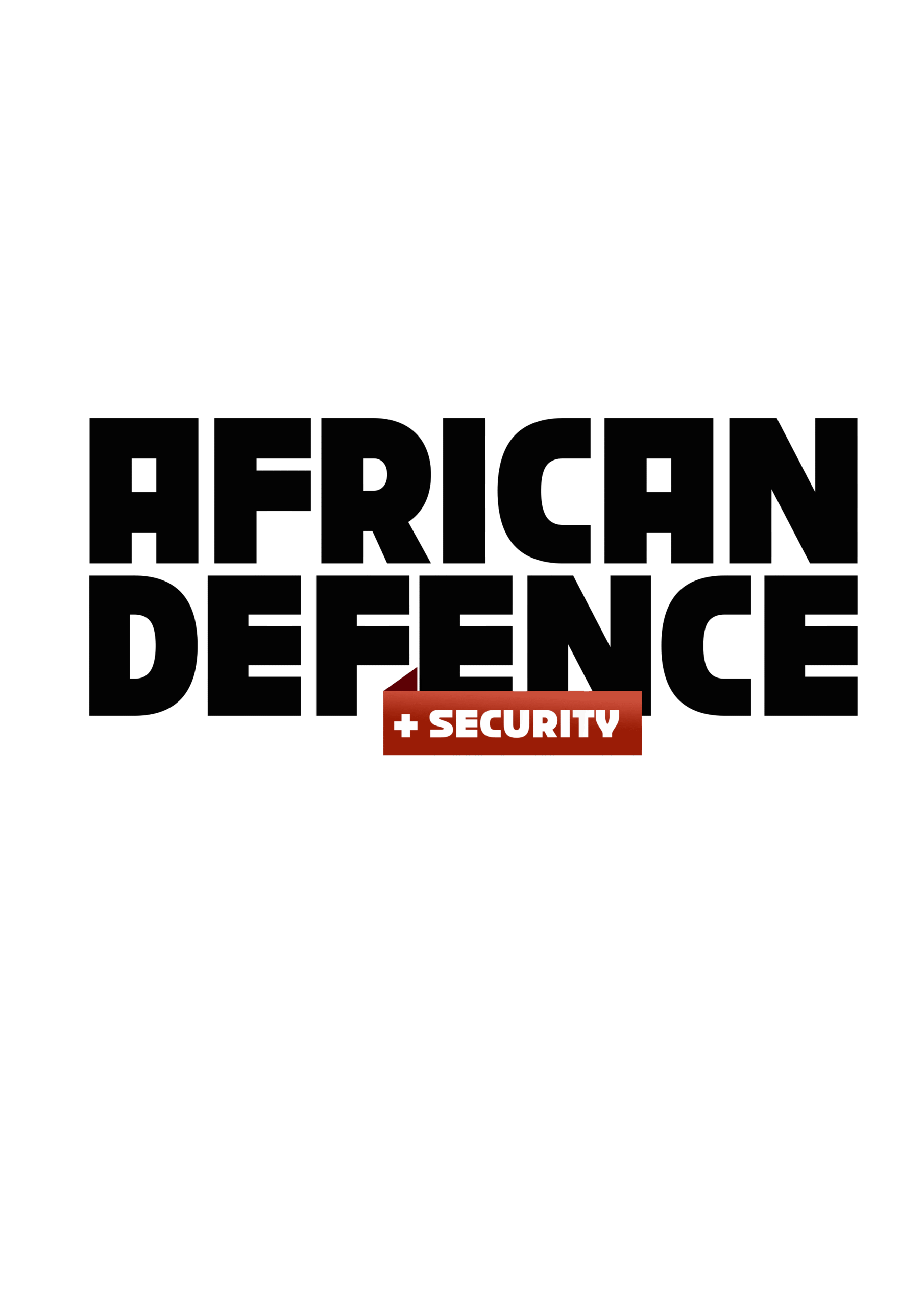
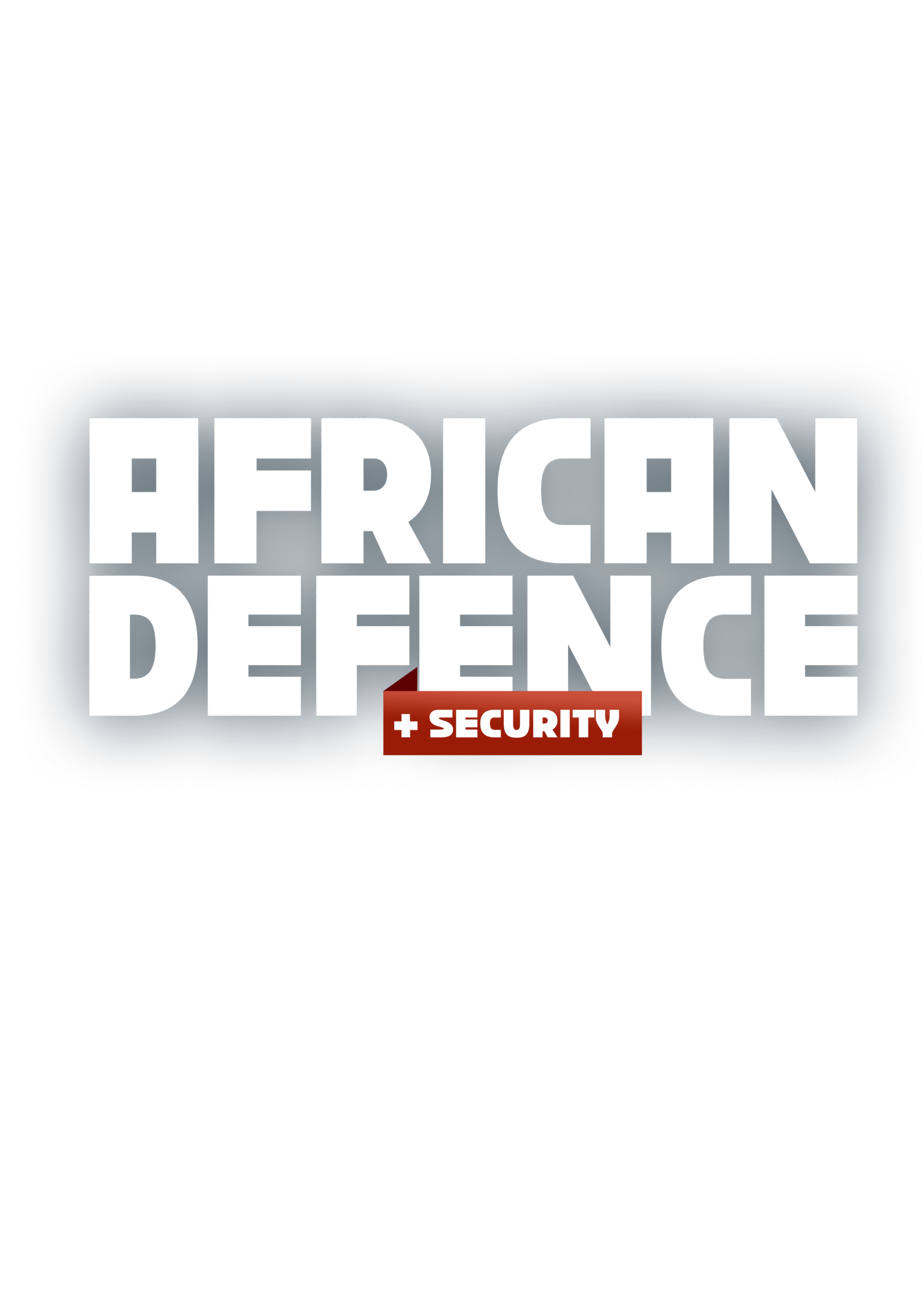
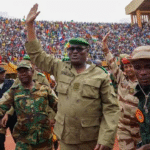







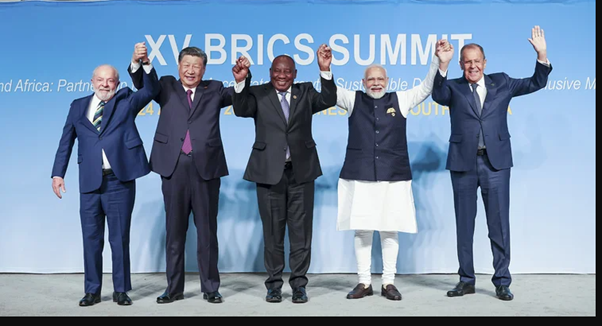

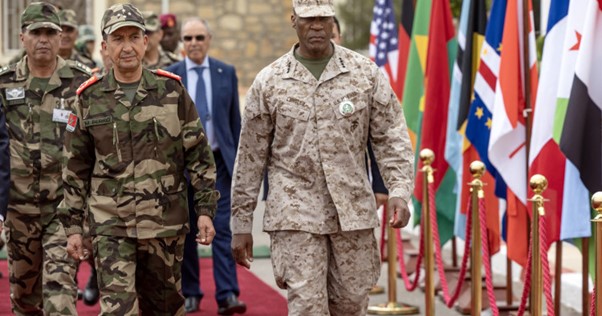

Leave a comment